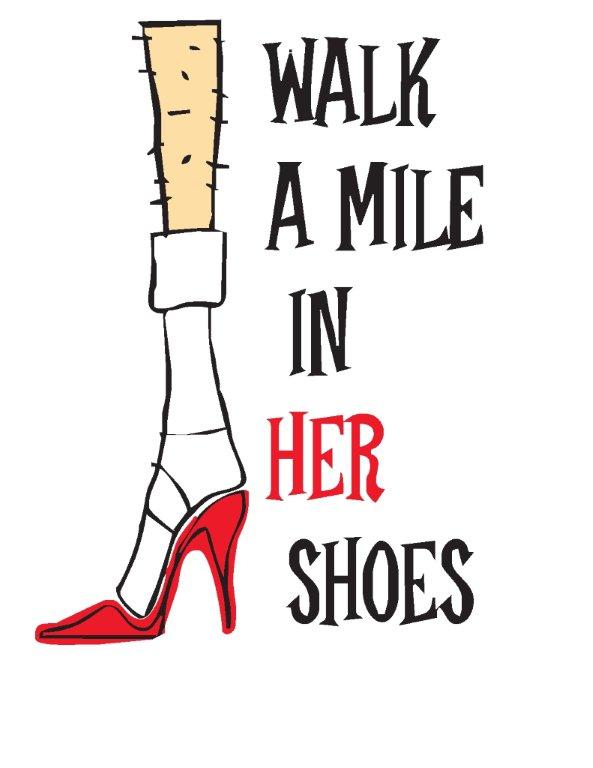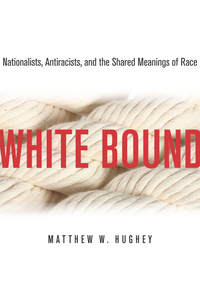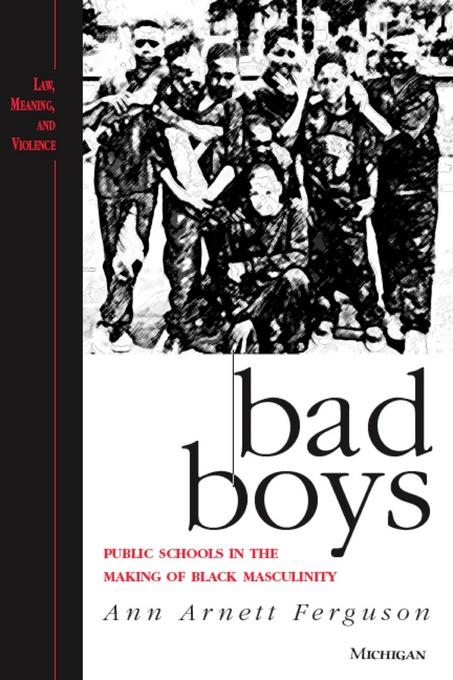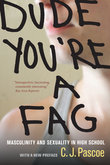I remember thinking to myself when I first came out, “Thank God I don’t have to deal with women like straight men do.” Identifying as a gay man meant I could hold on to the aspects of relationships with women that I enjoy and not have to “deal with the rest.” I admit this is quite shameful for me to say so publicly. However, the more I pay attention, the more I realize how easy it is to be sexist as a gay man. I learned from Madonna that I knew what it felt like for a girl (here). Or so I thought. Because I had experienced homophobia at a young age and realized that being gay was a threat to manhood, I thought I understood sexism. It turns out, I understood more about homophobia and masculinity than sexism.
My simultaneous dismissing of and identification with women exemplifies what Jane Ward calls “queer sexism”. Because some gay men have been denied aspects of male privilege does not mean they don’t still have male privilege, or that they are free of masculine expectations and hang-ups. This type of thinking “obscures the ways that gay men, like heterosexual men, have the privilege of making agentic choices about whether to support or reject feminism, whether to listen to or ignore women, whether or not to leave the party when women arrive, and what to say to the men who do.” (here: 158-9).
Gay men’s well-intentioned yet lopsided relationship with straight women has received a lot of attention in the last few years. Interestingly, they commonly argue for straight women to change their thinking and behavior in order to accommodate gay men. For example, this post (here) on the gay guy/straight girl contract reminds straight women that gay men “don’t want to go shopping” with you; that we are fine with “giving sex tips” but not hearing about your “lady business” (vagina); that “your boyfriend drama bores us”; that you shouldn’t come to our clubs; and that “you are not a gay man in a women’s body.”
Why is it easier to recognize when a straight man reinforces sexism than when a gay man does it? This becomes even further complicated considering that gay men have different experiences of race, gender expression, class status, culture, and regional identity where the enforcement and ideals of masculinity and femininity vary dramatically for people in different contexts. As a well-mannered Cuban-Mexican-American man, with a very proud Mom, I thought I stood for women and anti-sexism. But as my confession exposes, I wasn’t really fighting for women; I was fighting for acceptance of homosexuality and men’s diverse gender expressions. I now understand that sexism and homophobia are different things.
Consider a conversation I had with Thomas, from San Francisco. He told me he had few female friends and that they “are like gay men in a woman’s body.” (It’s a well-worn trope; think of Mila Kunis’ recent claim about “being a gay guy trapped in a women’s body.”) Thomas explained that these women are empowered because they have adopted a form of toughness that keep them from accepting the “bullshit” in the world by standing up for themselves. Thomas made it clear that he has no interest in being friends with women weren’t like “gay men trapped in women’s bodies.”
To illustrate his point, he told me about his co-worker, Jane. “Jane likes to touch men, be aggressive, and do whatever she wants at work.” This sort of aggressive, boundary-crossing behavior led to her termination. Though Thomas found her termination to be unjust, more importantly he was disappointed in her for not fighting her termination. “I cannot stand women like that. In fact, I want nothing to do with women who don’t stand up for themselves, especially when it’s because of discrimination [in his opinion]. I only keep women around who ‘get it’ and don’t take bullshit.” For Thomas, Jane fell short of the gay-man-trapped-in-a-woman’s-body standard. She wasn’t changing for “the better” because she didn’t fully adopt a “gay man’s” “I don’t give a shit” mentality.
For Thomas, “Women have to choose to be liberated in order to deal with the ‘bullshit’ of the world” (sexism). And while he was also dealing with “bullshit” (homophobia) it was clear that he didn’t understand the distinction. For Thomas, it is a women’s “successful detachment” from patriarchal confinements that make her worthy of his friendship. In other words, if a woman could adopt a gay man’s perspective, defined and approved by gay men, then she’s living the way a woman “should.” However, this mentality seems, to be little more than doing what one wants and not having to deal with complaints (a luxury of male privilege). So, while some women are highly empowered and praised for being a “gay man trapped in a women’s body,” those who do not are excluded labeled as women who just “don’t get it.”
Thomas’ struggles with women are part of queer sexism. His story highlights one way some gay men feel license to define and hold women accountable for what is and what is not “right for women.” While it has the superficial vestiges of a progressive and empowering stance on women, Thomas’ assertions are consistent with what Ward calls “queer sexism”—a veiled form of patriarchy that privileges gay men’s ideas of how women should behave and based off how gay men experience oppression.
In order to avoid queer versions of sexism, gay men must be more aware of the power imbalances in their relationships with women, and think critically about the expectations they do and do not have of women. Gay men must be more in touch with how our gay all male contexts often makes women seem invisible or irrelevant to our lives. Fighting for an anti-sexist culture requires more than just fighting for a non-homophobic one.
___________________
 Andres Lazaro Lopez is a Ph.D. student in the Department of Sociology at Iowa State University in Ames, IA. His research exames the intersections of race and gender in work and culture from a pro-feminist perspective. @alazarolopez
Andres Lazaro Lopez is a Ph.D. student in the Department of Sociology at Iowa State University in Ames, IA. His research exames the intersections of race and gender in work and culture from a pro-feminist perspective. @alazarolopez

 A young woman in my Sociological Theory class yelled those words as soon as she saw me pull up a clip of
A young woman in my Sociological Theory class yelled those words as soon as she saw me pull up a clip of 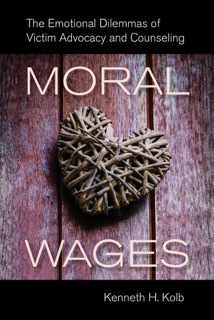 I’ve seen this process firsthand. As a sociologist who spent roughly a year and a half doing ethnographic field work inside an agency that assists victims of domestic violence and sexual assault, one of the most common questions I get about
I’ve seen this process firsthand. As a sociologist who spent roughly a year and a half doing ethnographic field work inside an agency that assists victims of domestic violence and sexual assault, one of the most common questions I get about 


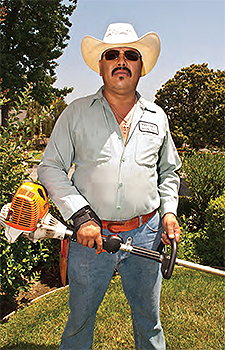
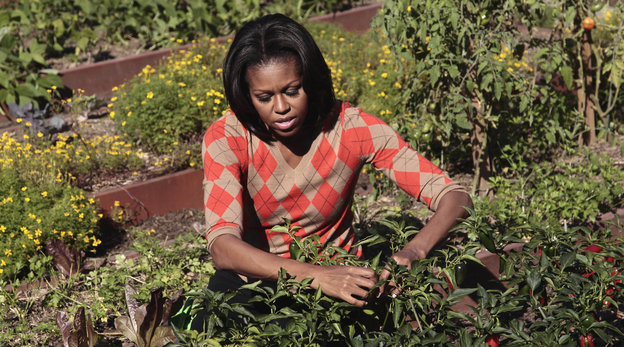
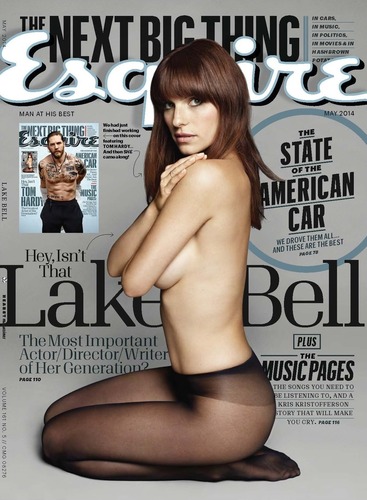
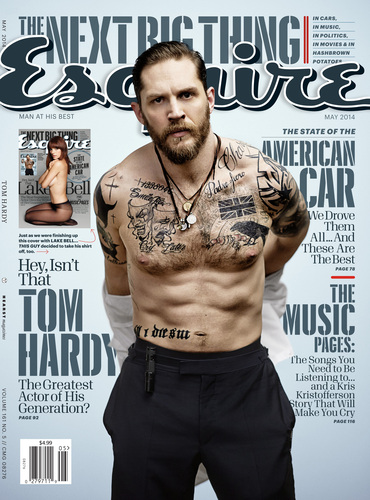
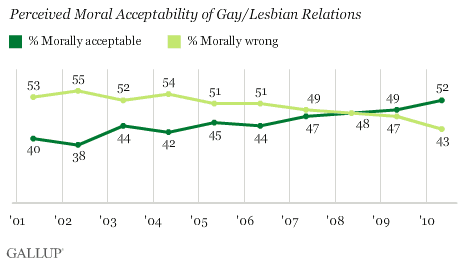
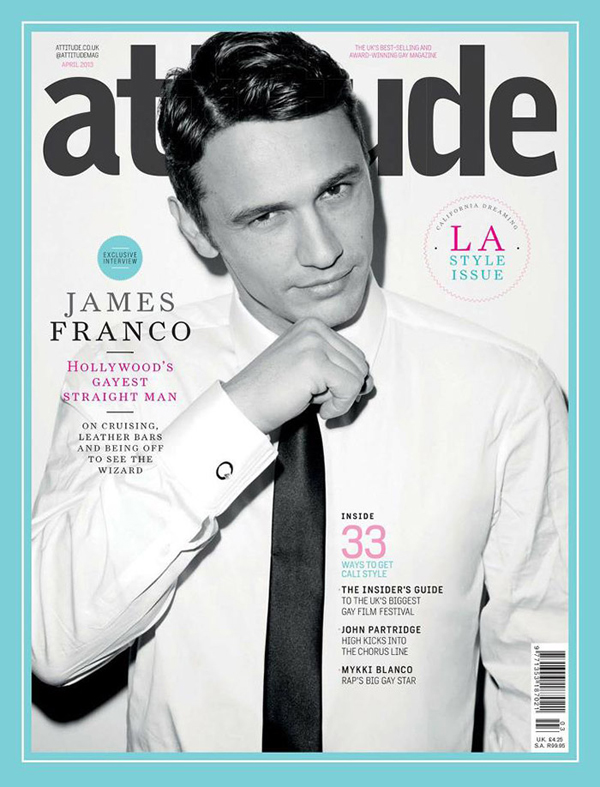

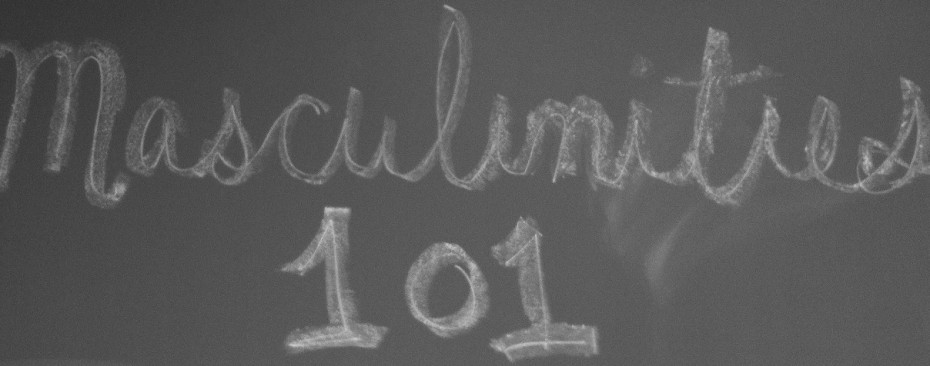 Masculinities 101
Masculinities 101 In addition to being a blog, Masculinities 101 is sponsored by Stony Brook University’s
In addition to being a blog, Masculinities 101 is sponsored by Stony Brook University’s 
